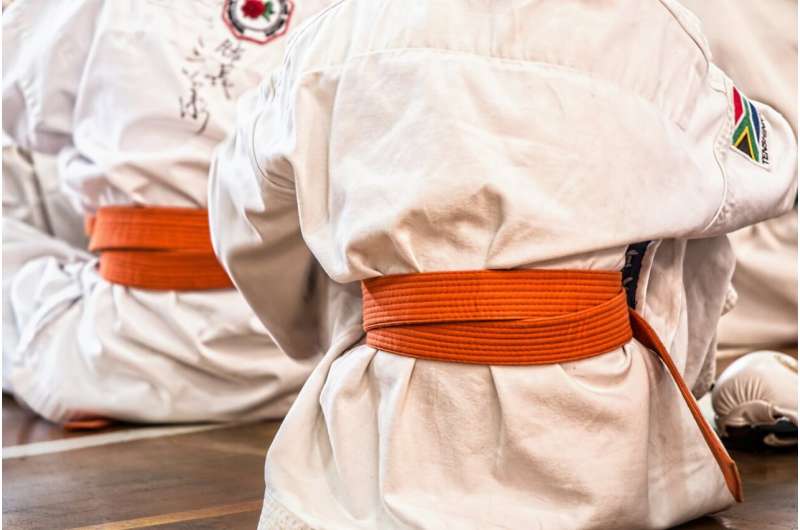
Research in the International Journal of Biometrics introduces a new method for assessing a practitioner's precision in martial arts training. The method focuses on quickly identifying errors in the athlete's movements and allowing their trainer to more precisely guide them to correct form.
The system has been developed with a particular focus on Wushu, a collection of Chinese martial arts styles known for their complexity and precision.
Zhiqiang Li of the Department of Police Sports Teaching and Research at Jilin Police College in Changchun, China, explains how the system used advanced algorithms, including the optical flow method and shot adaptive K-means clustering. These are used to extract "key frames" from video and to then analyze texture features of the martial artist's movements.
The analysis can attain a high accuracy rate of 96.58% in detecting incorrect movements. The minimal recognition error is 1.9%, Li adds. Critically, the method is very efficient, giving the trainer or student a positive recognition within just 11 seconds or so.
The approach could be very useful in martial arts training, allowing coaches to identify errors in real-time and offer on the spot advice and guidance to their students, even if an error was difficult to spot in the class or there was ambiguity judging it.
The method could thus enhance training effectiveness and, given that incorrect actions are often associated with injury, it could also reduce the number of physical problems faced by students. The high precision will benefit the students in developing their technical proficiency but also make their participation in martial arts safer. The system will also benefit to the overall aesthetic appeal of a martial arts performances.
One might imagine that the system could be extended for refereeing purposes where there is ambiguity in judging a move or action as allowed or illegal in the particular martial art. It would also be quite easy to imagine that such a system would be as controversial as the likes of the digital line judges used in international tennis and the video assistant referee (VAR) used in (association) football.
More information: Zhiqiang Li, A method for recognising wrong actions of martial arts athletes based on keyframe extraction, International Journal of Biometrics (2024). DOI: 10.1504/IJBM.2024.138228
Citation: All the right moves in martial arts: Researchers develop system to quickly identify errors and improve form (2024, May 3) retrieved 3 May 2024 from https://techxplore.com/news/2024-05-martial-arts-quickly-errors.html
This document is subject to copyright. Apart from any fair dealing for the purpose of private study or research, no part may be reproduced without the written permission. The content is provided for information purposes only.
